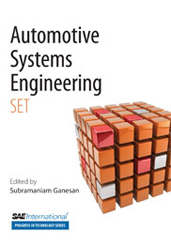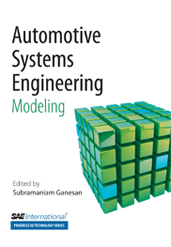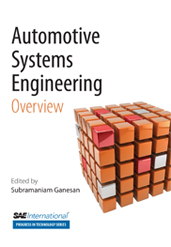Technical Paper
A Fast Running Loading Methodology for Ground Vehicle Underbody Blast Events
2018-04-03
2018-01-0620
A full-system, end-to-end blast modeling and simulation of vehicle underbody buried blast events typically includes detailed modeling of soil, high explosive (HE) charge and air. The complex computations involved in these simulations take days to just capture the initial 50-millisecond blast-off phase, and in some cases, even weeks. The single most intricate step in the buried blast event simulation is in the modeling of the explosive loading on the underbody structure from the blast products; it is also one of the most computationally expensive steps of the simulation. Therefore, there is significant interest in the modeling and simulation community to develop various methodologies for fast running tools to run full simulation events in quicker turnarounds of time.





